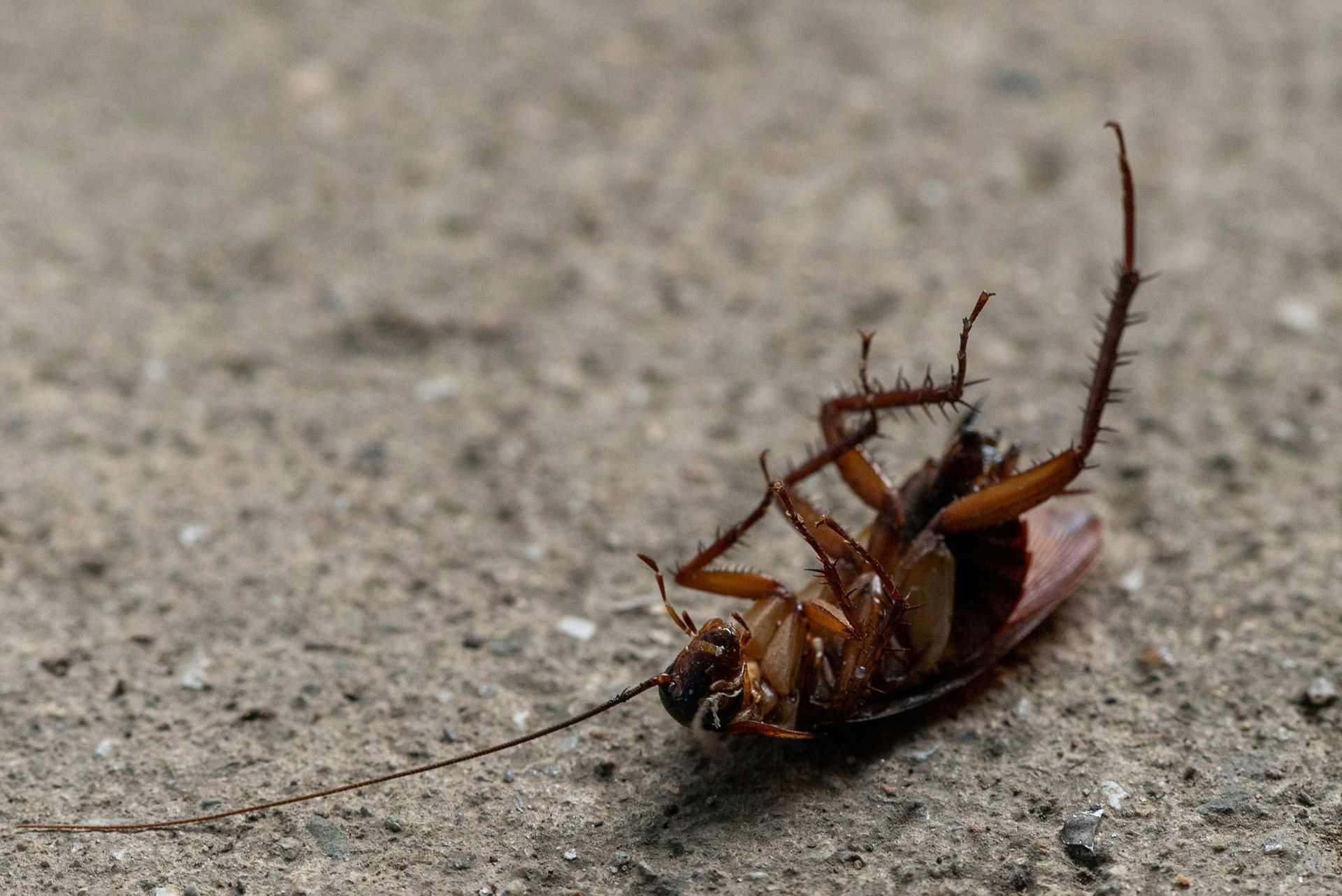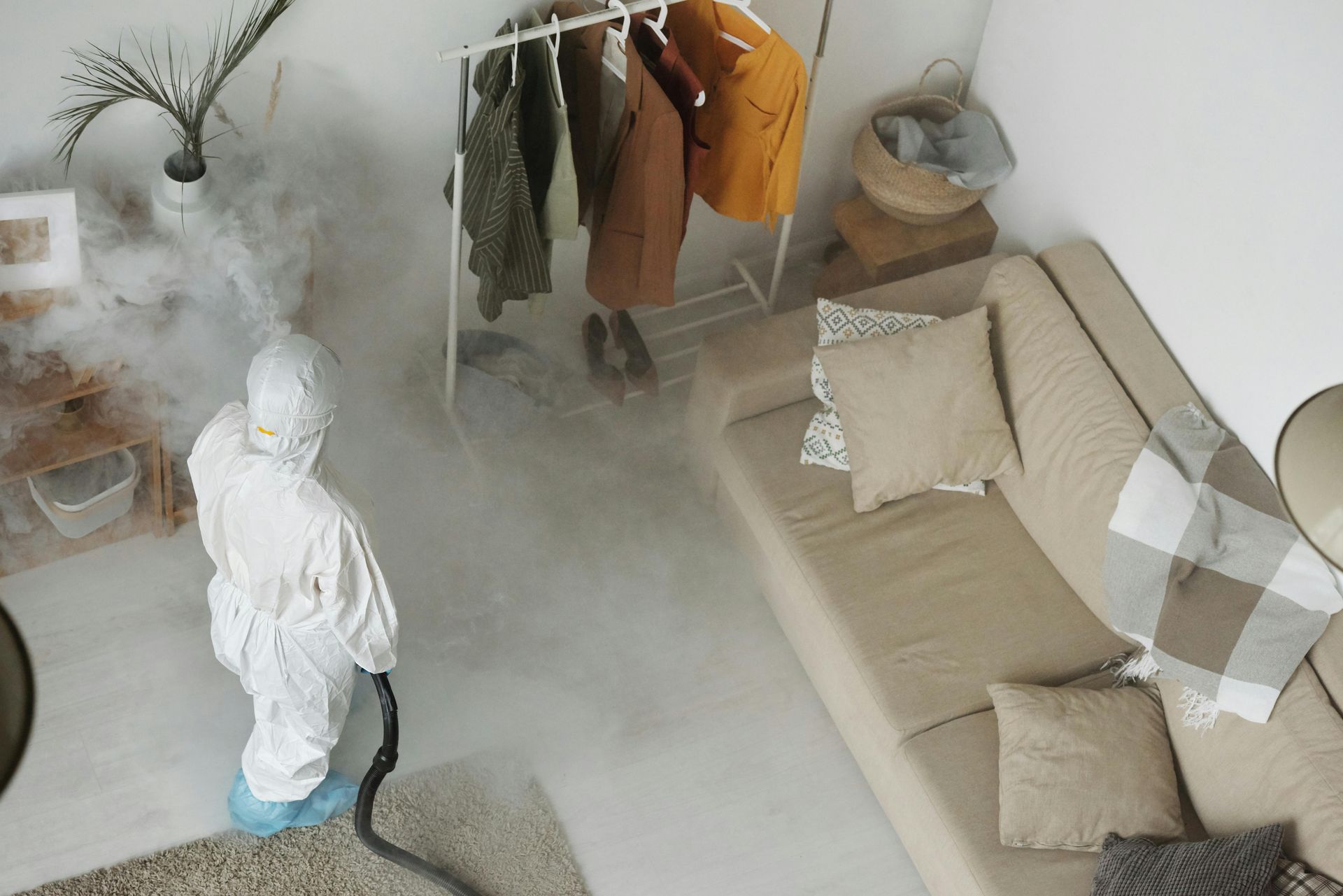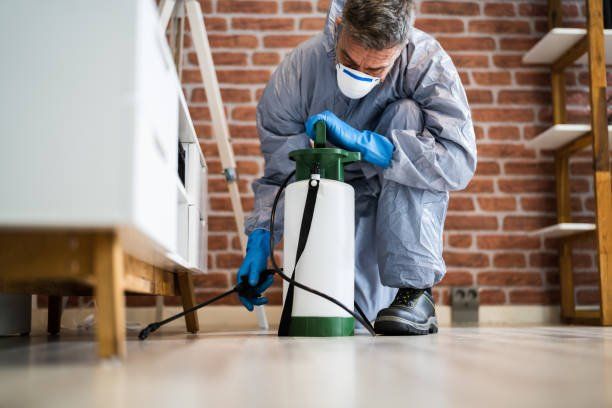Expert Flea Pest Control Tips for Pet Owners and Homeowners
If you’ve ever had fleas in your home, you know they can make life absolutely miserable — not just for your pets, but for everyone living under your roof. These tiny jumpers might seem harmless at first, but once they settle in, they multiply faster than you can say “where’s the flea shampoo?”
Whether you’re a pet owner battling an infestation or a homeowner trying to prevent one, understanding how to tackle fleas effectively is key. In this guide, we’ll share practical, expert-approved flea pest control tips, prevention tricks, and when to call for professional pest control in West Jordan, UT to stop fleas for good.
Understanding the Flea Problem: Small Pests, Big Headaches
Fleas are small, flat-bodied insects with a big talent — jumping long distances. They feed on the blood of warm-blooded animals, mainly pets like dogs and cats, but when things get bad enough, they’ll gladly take a bite out of you too.
The Flea Life Cycle (and Why It’s a Problem)
To get rid of fleas effectively, it helps to know what you’re up against. Fleas go through four stages:
Egg → Larva → Pupa → Adult
- Eggs: Laid on your pet but fall into carpets, bedding, and cracks.
- Larvae: Hide in dark areas, feeding on organic debris (like skin flakes).
- Pupae: Develop inside cocoons, which can survive for weeks.
- Adults: Once they emerge, they’re hungry — and you’re the main course.
This cycle makes fleas stubborn to eliminate. You might kill the adults, but new ones hatch days or weeks later, starting the cycle all over again. That’s why pest control in West Jordan, UT often focuses on comprehensive, multi-step treatment plans.
How Fleas Enter Your Home
- Pets: Fleas hitch a ride on your dog or cat after time outdoors.
- Wildlife: Squirrels, rabbits, and rodents around your property can bring fleas close to home.
- Used Furniture or Rugs: Secondhand items can secretly harbor flea eggs or larvae.
A single flea can lay up to 50 eggs per day. So even if you only saw one, you could be facing hundreds in just a week.
How to Tell if You Have Fleas in Your Home
It’s easy to mistake flea bites or pet scratching for something else. But there are a few telltale signs that you’re dealing with a flea problem.
Signs of a Flea Infestation
- Pets Scratching Constantly: Dogs or cats may scratch, bite, or lick themselves more than usual. Look closely at their fur for tiny dark specks (flea dirt).
- Bites on You: Flea bites typically appear as small red bumps, often on your ankles or lower legs. They’re extremely itchy and tend to appear in clusters.
- Flea Dirt: Flea droppings look like black pepper flakes. Try placing them on a wet paper towel — if they turn red, that’s dried blood, confirming fleas.
- Jumping Specks: Fleas are visible to the naked eye. You might spot them hopping around carpets, furniture, or pet bedding.
- Restless Pets: Your pets may act anxious or avoid certain spots where fleas are most active.
If you notice even one or two of these signs, it’s time to act fast. The sooner you tackle the problem, the less chance fleas have to take over.
DIY Flea Control Tips for Your Home and Pets
When you first discover fleas, your instinct might be to panic (understandably). But before you call the pros, you can take a few steps to get the situation under control.
Step 1: Treat Your Pets First
Your pets are the primary hosts. If you only treat your home and not your pets, the fleas will just come back.
- Use vet-approved flea medication: Spot-on treatments, oral pills, or flea collars can kill fleas quickly.
- Bathe your pet: A gentle flea shampoo or even a mild dish soap can help remove adult fleas temporarily.
- Comb regularly: Use a fine-toothed flea comb to catch fleas and eggs — dunk them in soapy water to kill them.
Step 2: Clean and Vacuum Everything
This is where the real work begins.
- Vacuum floors, carpets, furniture, and corners daily. Flea eggs and larvae love these spots.
- Empty the vacuum immediately after use to prevent reinfestation.
- Wash all bedding (pet and human) in hot water and dry on high heat.
- Steam clean carpets to kill larvae hiding deep in fibers.
Step 3: Use Safe Flea Sprays or Powders
There are sprays and powders that can help control fleas, but always read the labels carefully. Some are made for carpets, others for upholstery or pet bedding. If you prefer a natural approach, food-grade diatomaceous earth is an option — it dehydrates fleas but must be used cautiously around pets.
While these steps can help, they’re not always enough for large infestations. That’s when calling for professional pest control in West Jordan, UT becomes essential.
Call Eyring Pest Control for Flea Pest Control in West Jordan, UT
Stop the Itching and Take Back Your Home
If you’ve had enough of the scratching, the bites, and the frustration, it’s time to bring in the professionals. At Eyring Pest Control, we specialize in effective and pet-safe flea pest control for homeowners and pet lovers throughout West Jordan, UT, and the surrounding areas. Our team uses advanced treatments designed to eliminate fleas at every stage — from eggs to adults — so you can enjoy a truly flea-free home.
Don’t let fleas take over your home or make your pets miserable. Call Eyring Pest Control today at 385-290-9782 for fast, reliable, and effective pest control in West Jordan, UT. And while we’re there, ask about our other services too — we handle ants, spiders, rodents, mosquitos, and wasps with the same expert care. Let’s make your home pest-free and comfortable again.
Frequently Asked Questions
Can fleas survive without pets in the house?
Yes, fleas can survive for several weeks without a host, especially in warm environments. However, they won’t reproduce without a blood meal, so getting rid of them completely requires thorough cleaning and treatment.
How long does professional flea treatment take to work?
You’ll notice a significant reduction within a few days, but complete elimination may take two to three weeks as remaining eggs hatch and are treated.
Are flea treatments safe for my pets and kids?
Professional treatments used by licensed pest control companies are designed to be safe for pets and families when applied correctly. Always follow post-treatment instructions.
Do fleas live in hardwood floors or only in carpets?
Fleas can hide in cracks and gaps of hardwood floors, not just in carpets. That’s why professional pest control treatments target all potential hiding spots.
How can I keep fleas from coming back after treatment?
Continue regular vacuuming, keep your pets on flea prevention, and schedule periodic inspections with a pest control expert to ensure your home stays protected.




